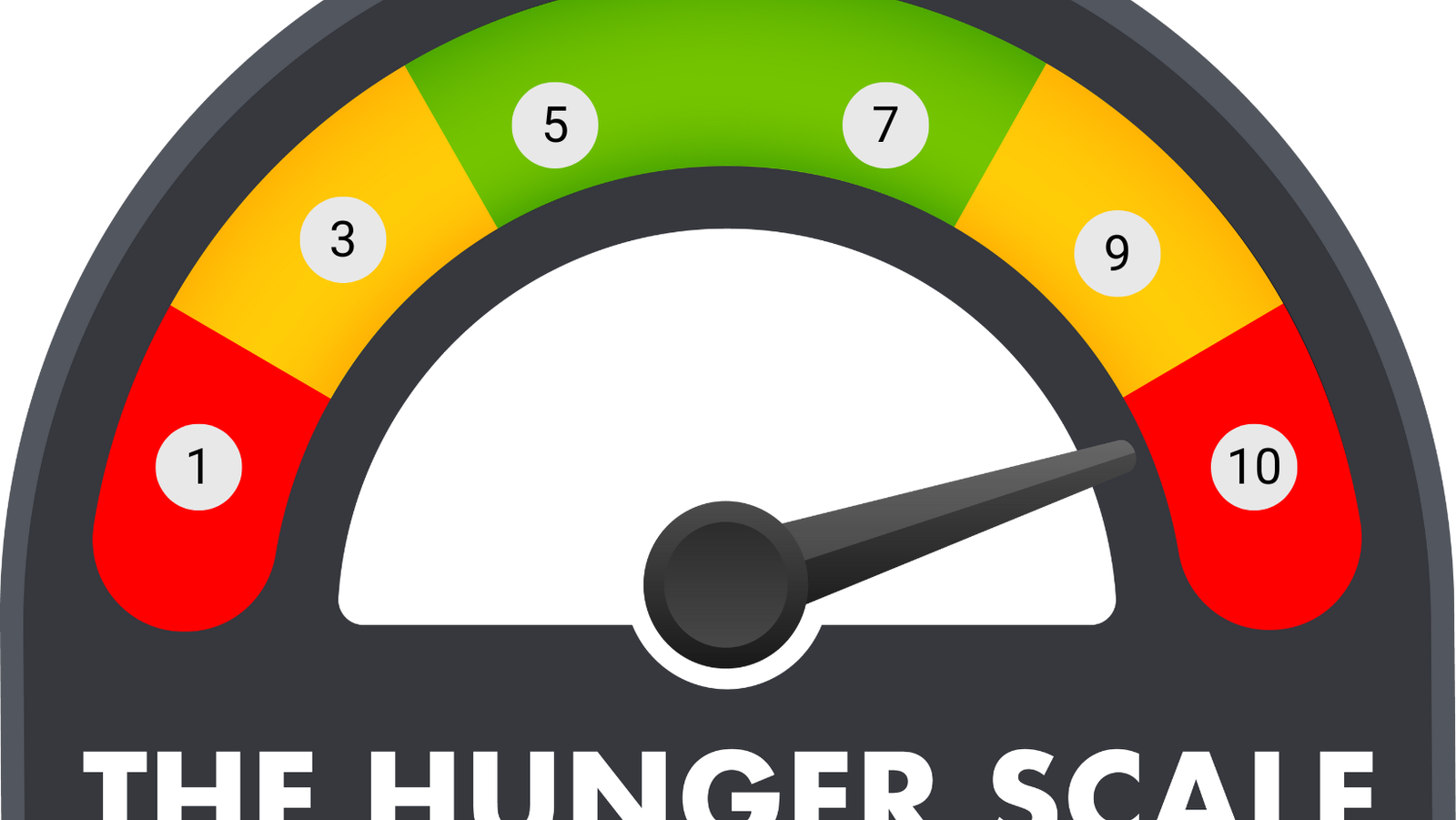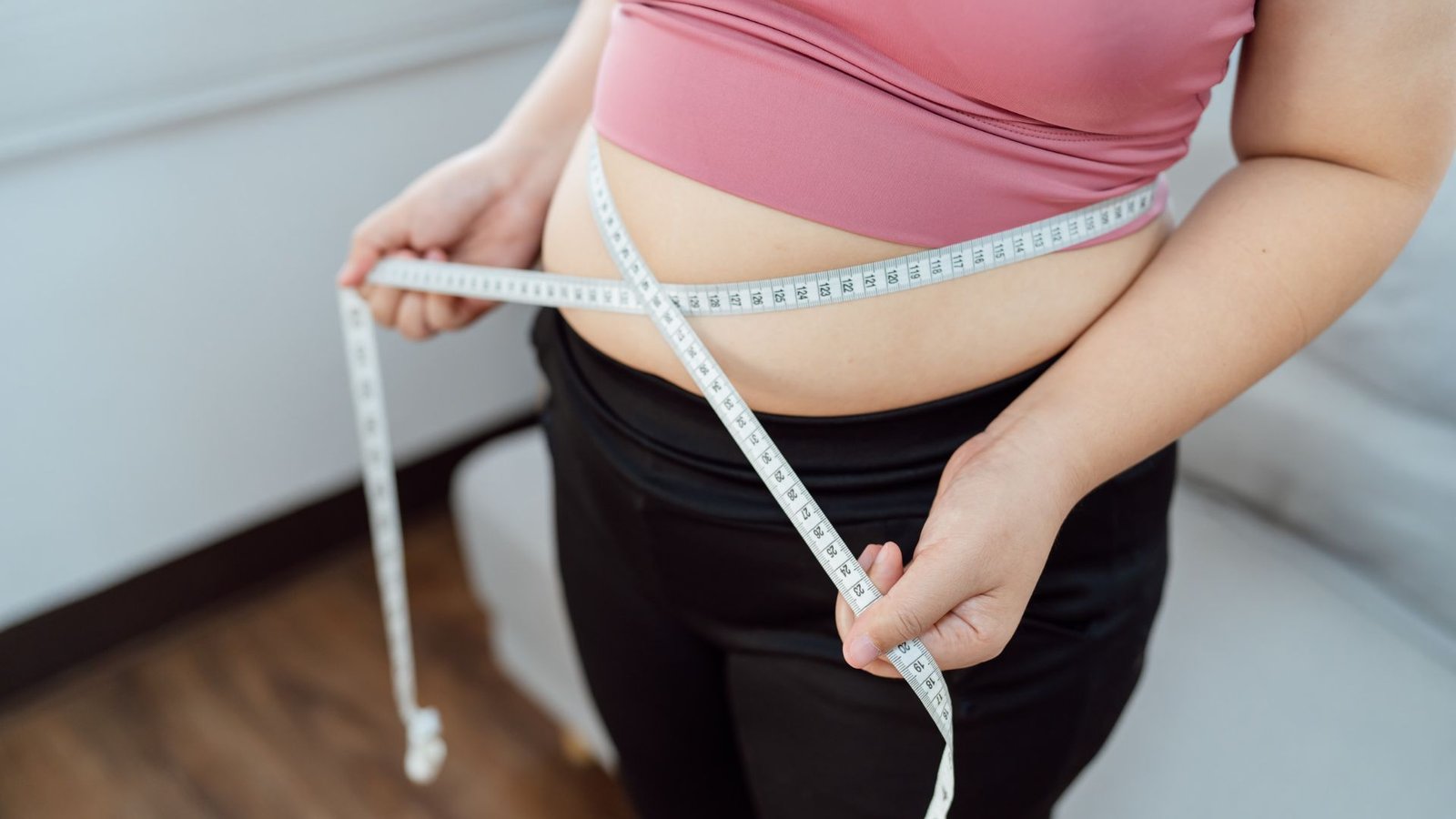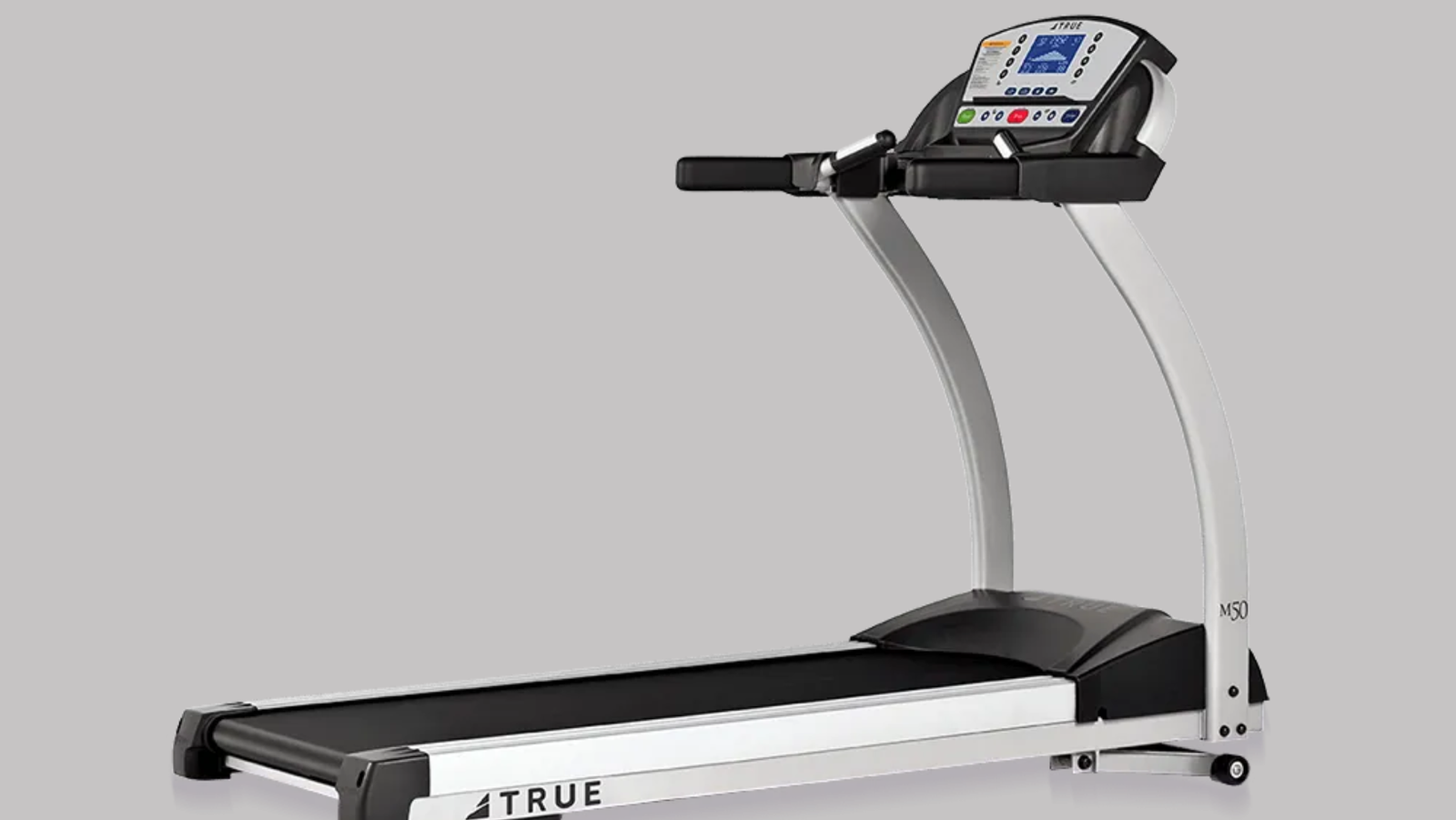Have you ever polished off a giant plate of food, only to realize—five minutes later—that you’ve entered the dreaded “food coma” zone? Your pants feel tighter, your energy plummets, and you’re suddenly questioning every life choice that led you to this moment of overstuffed regret.
What if I told you there’s a way to avoid this? A magical sweet spot where you’re satisfied but not stuffed, energized but not sluggish? It’s called stopping at 80 percent full, and it might just change the way you eat forever.
But here’s the real question: How do you even know when you’re 80 percent full?
Let’s dive into the science, the hilarious struggles, and the surprising facts behind mastering your hunger cues—without needing a food calculator.
The Hunger-Fullness Scale: Your New Best Friend

Before we get into the nitty-gritty of stopping at 80 percent full, let’s talk about the Hunger-Fullness Scale, a handy tool to gauge where you are on the “starving” to “food baby” spectrum.
Here’s a quick breakdown:
| Level | Feeling | What It Means |
|---|---|---|
| 1 | Ravenous, dizzy, “I could eat a horse” | You’ve waited too long—your body is in panic mode. |
| 3 | Stomach growling, ready to eat | Ideal time to start a meal. |
| 5 | Neutral, not hungry or full | You could stop here, but let’s be real—most of us don’t. |
| 7 | Comfortably full, satisfied | This is the 80 percent full mark—the golden zone! |
| 9 | Stuffed, “Why did I do this?” | The post-Thanksgiving regret level. |
| 10 | Painfully full, “Never again” | The “I need to unbutton my pants” emergency. |
The goal? Aim for a 7. That’s when you’re 80% full—satisfied but not bursting.
Why 80 Percent Full Is the Magic Number
1. Your Brain is a Slowpoke
Here’s a fun (and slightly annoying) fact: It takes about 20 minutes for your brain to realize you’re full. That’s right—your stomach could be throwing a “STOP EATING” party, but your brain is still stuck in traffic.
If you eat until you feel full, chances are you’ve already overdone it. Stopping at 80 percent gives your brain time to catch up and say, “Oh, yeah, we’re good.”
2. The Okinawan Secret to Longevity
Ever heard of “Hara Hachi Bu“? It’s an Okinawan (Japan) practice that translates to “Eat until you’re 80 percent full.” And guess what? Okinawa is one of the world’s Blue Zones, where people live the longest.
Coincidence? Probably not. Studies suggest that eating less can lead to longer life, better metabolism, and fewer chronic diseases. So, if you want to live like a spry 100-year-old who still does karate, maybe start with leaving a little on your plate.
3. The Restaurant Portion Conspiracy
Here’s a startling fact: Restaurant portions have nearly TRIPLED since the 1950s. A “large” soda back then is now a “small.” A single muffin today could feed a small village in 1950.
We’ve been conditioned to clean our plates, even when those plates could double as serving platters. No wonder we struggle to recognize 80 percent full—our sense of “normal” portions is completely out of whack!
How to Actually Know You’re 80 Percent Full (Without a Food Scale)
Okay, theory is great, but how do you actually stop at 80 percent in real life? Here are some foolproof (and slightly weird) tricks:
1. The “Halfway Pause” Method
When you’re halfway through your meal, stop for 2 minutes. Drink some water, take a breath, and ask yourself: “Am I still hungry, or am I just eating because it’s here?”
Most of the time, you’ll realize you’re already getting full—you just hadn’t noticed yet.
2. The Chopstick Hack
If you’re a fast eater (guilty!), try switching to chopsticks—especially if you’re not great with them. Slowing down forces you to pay attention, giving your brain time to register fullness.
(Note: If you’re a chopstick master, this may not work. Try eating with your non-dominant hand instead. Yes, you’ll look ridiculous. Yes, it’ll help.)
3. The “Pants Test”
Before you take another bite, press gently on your stomach. If there’s slight resistance, you’re probably at 80 percent. If it feels like a overinflated balloon, you’ve gone too far.
(Disclaimer: Do not do this in public unless you want weird looks.)
What Happens If You Master the 80 percent Rule?
- No more food comas (Goodbye, 3 PM slump!)
- Better digestion (Your stomach will thank you.)
- Effortless weight management (No crazy diets needed.)
- More energy (Because you’re not spending all your blood sugar on digesting a five-course meal.)
Final Thought: It’s Okay to Leave Food on Your Plate
We’ve been trained to finish everything, but here’s a radical idea: It’s okay to stop eating when you’re satisfied.
Your body isn’t a garbage disposal. You don’t get a medal for cleaning your plate. The real win? Feeling energized, light, and in control after a meal.
So next time you eat, channel your inner Okinawan. Aim for 80 percent. Pause. Breathe. And remember: The last few bites are rarely the best ones anyway.
Now, if you’ll excuse me, I’m off to practice stopping at 80 percent… right after I finish this giant bag of chips. (Old habits die hard.)
What about you? Do you struggle with stopping at 80 percent full? Share your best (or worst) overeating moments in the comments!



